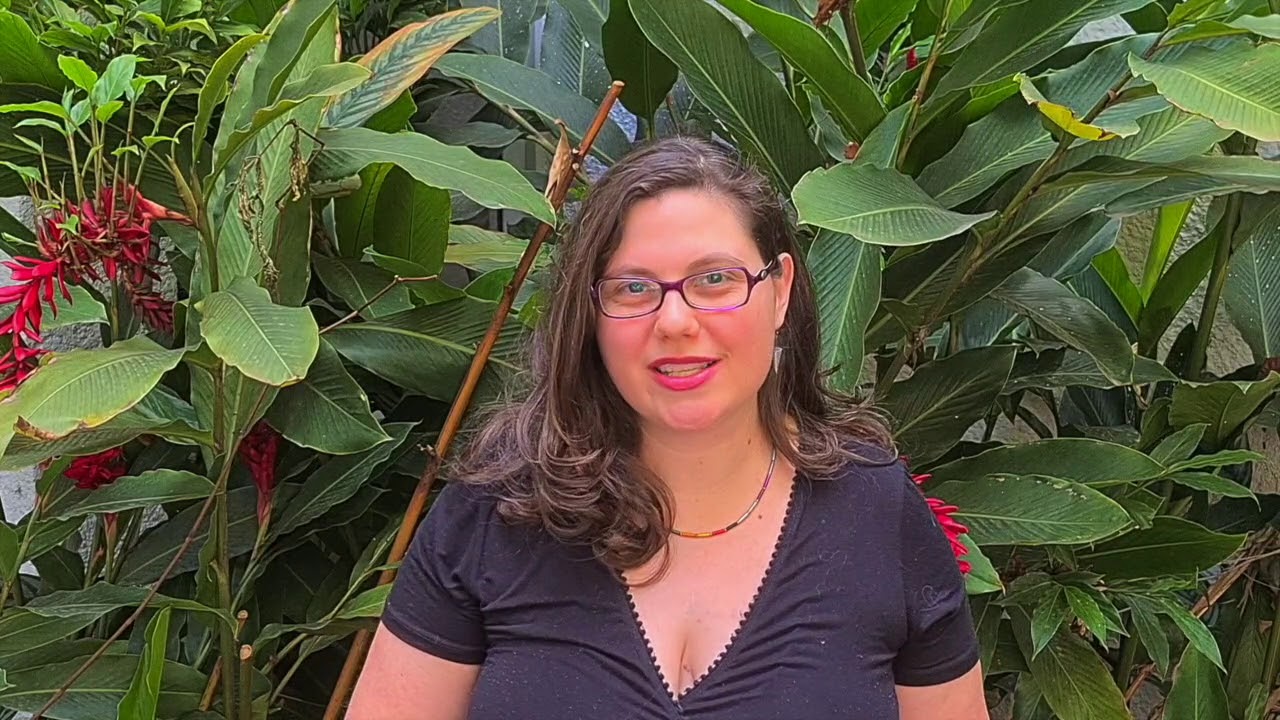FACT Policy Fellow Sofia Gonzalez interviewed Vivian Calderoni, Program and Research Coordinator at the Igarapé Institute. This is their conversation, edited for clarity and length. FACT does not necessarily endorse the policies reflected in this discussion.
The interview below follows and expands upon interviews conducted during the development of FACT’s latest report, “Dirty Money and the Destruction of the Amazon: Uncovering the U.S. Role in Illicit Financial Flows from Environmental Crimes in Peru and Colombia.” The full report, including recommendations for U.S. policy makers, can be found here.
Can you give us a brief introduction about yourself and your work?
I am a Brazilian lawyer with a master’s and PhD in criminal law and criminology, bringing over 10 years of experience within the criminal justice system in Latin America. Currently, I serve as the Program and Research Coordinator at the Igarapé Institute. My work has been focused primarily on the juncture of environmental crimes and money laundering systems. In June 2023, I co-authored the Institute’s report, “Follow the Money: Connecting Anti-Money Laundering Systems to Disrupt Environmental Crimes in the Amazon,” and in August 2023, I contributed to “Follow the Money: How Environmental Crime Is Addressed by Anti-Money Laundering Systems in Brazil, Colombia, and Peru.
The Igarapé Institute has extensively researched environmental crimes in the Amazon region over the past decade. Could you provide a brief overview of your perspective on the region based on your research?
According to research conducted by the Igarapé Institute, the Amazon is a burgeoning ecosystem of environmental crimes, encompassing a range of offenses including corruption, money laundering, drug trafficking, and violent crimes, both environmental and non-environmental in nature.
The primary activities contributing to environmental degradation comprise illegal mining, unauthorized logging, encroachment on public lands, agricultural practices with illicit methods, and the trafficking of wildlife. These crimes are pervasive across all Amazonian countries, exhibiting complex transnational and international dimensions. Between 2006 and 2016, environmental crimes experienced an annual growth rate of 5% to 7%, surpassing the global GDP growth by two to three times.
In 2018, environmental crime ranked as the third most profitable criminal activity globally, trailing only behind drug trafficking and smuggling. Nevertheless, our research highlights that environmental crime and associated illegalities are still regarded as “second class” crimes. We conducted various case studies in different countries, including Brazil, Colombia, and Peru, spanning various sectors such as illicit gold mining, livestock supply chains, wood, and soybeans. Notably, in Colombia, money laundering from illegal mining has proven more lucrative than the cocaine market.
In your research, how have you observed the U.S. contributing to environmental crime in the Amazon Basin?
The international dynamics of environmentally impactful crimes in the Amazon primarily involve the laundering of resources, be they profits obtained from illegal practices or the environmental assets themselves, facilitating their trade at national or international levels. Strategies such as utilizing shell companies outside Amazonian countries, depositing funds in tax havens, and holding assets under the names of others (frontmen) are employed to obscure the illicit origins of these resources. This dynamic is not exclusive to the United States.
Addressing this issue necessitates regional and international coordination, alongside individual countries enhancing supervision and prevention of money laundering activities. This includes closing the gaps through which illicit money can flow. Unlike “drugs,” which remain in the illegal market, these environmental goods only gain market value when legalized.
The problem transcends borders and regions, yet cooperation between agencies from different countries is notably weak. In fact, even within the same country, genuine information exchange proves challenging. The initial hurdle lies in the disparate legislations. What qualifies as a crime, or worse, an environmental crime in one country, may not carry the same designation in another.
How has the real estate market and a lack of transparency impacted environmental crimes in the Amazon Basin?
All sectors of the economy lacking due diligence mechanisms, compliance, and preventive measures against money laundering inevitably become facilitators of these crimes. As the proceeds from environmental crimes committed in the Amazon must be concealed and integrated into the formal economy, money laundering, preferably in more vulnerable sectors, becomes a path adopted by criminal networks.
How can the NGO and government sectors better support local civil society and indigenous communities who are most affected by illegal mining, logging, and other environmental crimes?
Indigenous communities and advocates for socio-environmental rights are facing imminent threats. Last year, Brazil ranked as the second most lethal country for environmental defenders globally, according to Global Witness. A survey by the Igarapé Institute revealed that 8 out of 10 environmental defenders in the Amazon experienced some form of violence while operating in the region in 2021.
It is crucial that they receive protection, have their lands demarcated, and their rights ensured, enabling them to take control of their own lives. Measures involving changes in legislation, the expansion of protection and oversight mechanisms, as well as increased investment and direct resource allocations, are essential steps.
Is there anything else you’d like to share about the research and reports you’ve been involved with regarding environmental crime and illicit financial flows?
Yes, I would like to share that we have analyzed the anti-money laundering system across these five dimensions:
- Strategic planning and preventive measures;
- Monitoring and detection – financial intelligence units;
- Mandatory reporting of suspicious transactions;
- Criminal investigation; and
- Prosecution and sanctions.
Consequently, we identified weaknesses in each of these steps, all of which require enhancement. Notably, there were no risk assessments or established red flags for environmental crimes.
Vivian Calderoni is a Brazilian lawyer, master, and PhD in criminal law and criminology, and has more than 10 years of experience with the criminal justice system in Latin America. She now works as the Program and Research Coordinator at the Igarapé Institute. In June 2023, she co-authored the Institute’s report, “Follow the Money: Connecting Anti-Money Laundering Systems to Disrupt Environmental Crimes in the Amazon.”

